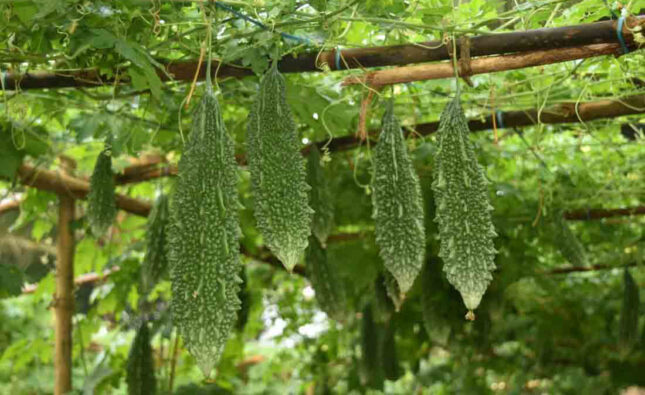Growing Business Idea of Floriculture/Flowers

One potential business idea in the field of floriculture is to establish a specialized flower farm and retail operation. Here’s a detailed outline of this business concept:
-
Market Analysis:
- Research the local and regional market demand for flowers. Identify target customers such as individuals, event planners, hotels, and restaurants.
- Assess the competition, including other flower farms, local florists, and online flower delivery services.
- Analyze market trends and preferences, including popular flower varieties, seasonal demand, and emerging floral design trends.
-
Farm Setup:
- Identify suitable land for your flower farm. Consider factors such as soil quality, accessibility, and proximity to target markets.
- Determine the scale of the operation based on market demand and available resources.
- Choose a variety of flowers to grow based on local preferences, climate suitability, and market demand. Consider both popular flowers and unique or exotic varieties to differentiate your offerings.
- Set up necessary infrastructure such as greenhouses, irrigation systems, and storage facilities to support year-round production and maintain the quality of flowers.
-
Cultivation and Production:
- Implement proper cultivation techniques to ensure high-quality flowers. This includes selecting appropriate seeds or young plants, providing optimal growing conditions (light, temperature, humidity), and practicing efficient pest and disease management.
- Consider adopting sustainable and environmentally friendly practices to appeal to eco-conscious customers.
- Plan crop rotations and staggered planting schedules to ensure a steady supply of flowers throughout the year.
- Establish relationships with local suppliers for seeds, fertilizers, and other necessary inputs.
-
Distribution and Sales:
- Develop a marketing strategy to promote your flower farm and retail operation. Utilize various channels, including online platforms, social media, local events, and partnerships with local businesses.
- Offer a range of products and services, such as cut flowers, potted plants, floral arrangements, and customized bouquets for special occasions.
- Consider offering delivery services to reach a broader customer base.
- Build relationships with local florists, event planners, and businesses that may require regular flower supplies.
- Participate in farmers’ markets, trade shows, and other relevant events to showcase your products and connect with potential customers.
-
Additional Revenue Streams:
- Explore the possibility of diversifying your business by offering flower-related products, such as organic fertilizers, seeds, gardening tools, and decorative pots.
- Consider hosting workshops or classes on floral arrangements, gardening tips, or flower-related crafts to engage with the community and generate additional income.
- Establish partnerships with local photographers, wedding planners, and other event service providers to create bundled packages for weddings and other special occasions.
-
Operations and Management:
- Hire and train a competent team to assist with cultivation, harvesting, packaging, sales, and customer service.
- Maintain accurate records of expenses, sales, and inventory to ensure effective management and informed decision-making.
- Continuously monitor market trends and adjust your product offerings accordingly.
- Seek feedback from customers to improve your products and services.
Remember to conduct thorough market research, develop a comprehensive business plan, and consider the financial aspects of starting and running a flower farm and retail operation. Adapt and refine your strategies based on the specific needs and characteristics of your target market.






